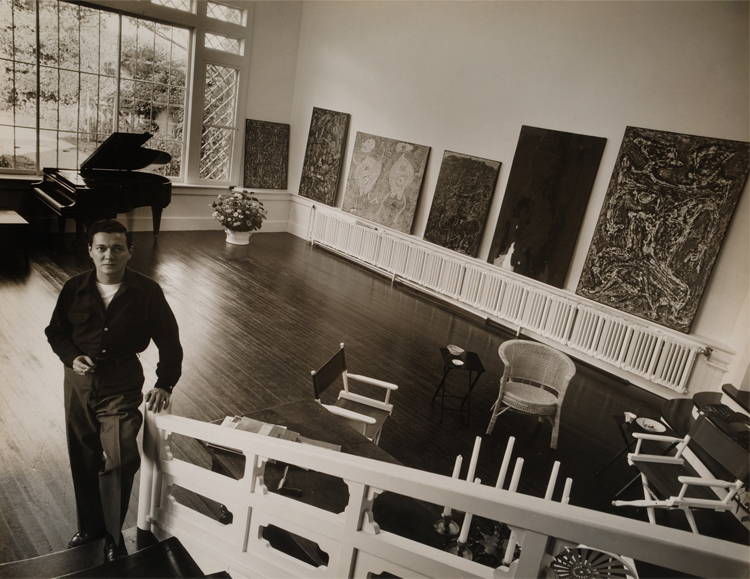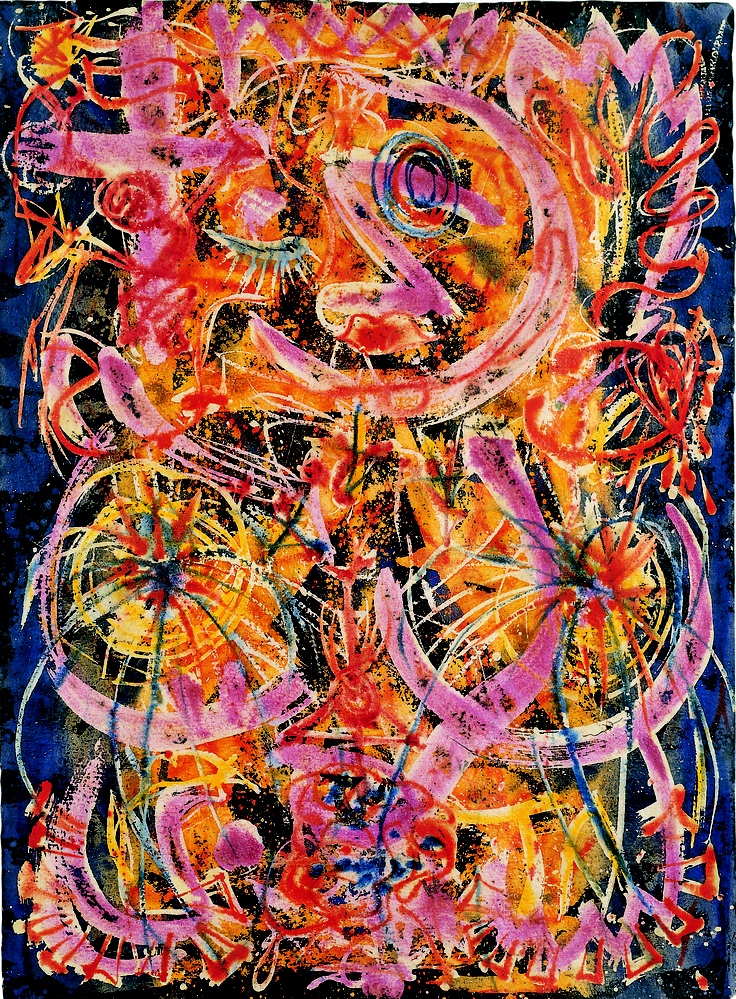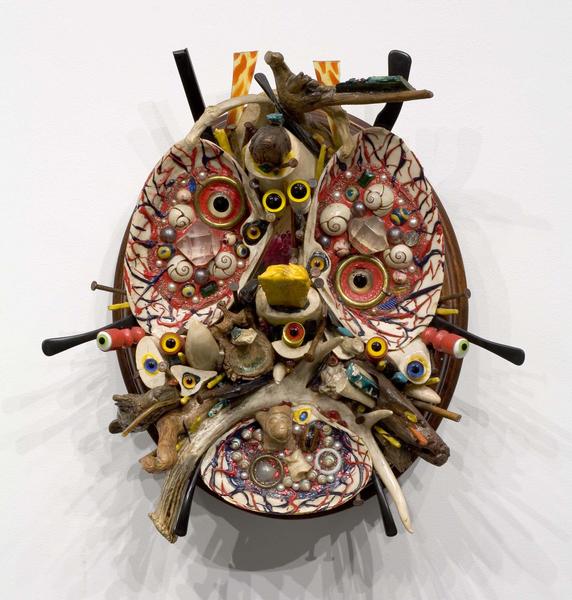Alfonso Ossorio: Artist, Collector, Congregator
Alfonso Angel Yangco Ossorio was a Filipino-American Greenwich Village-based artist and collector with a quasi-religious devotion to the art world. An intense, synthesizing artist in his own right, Ossorio created a unique style that merged otherwise disparate, contemporary movements in the Post-war era, while playing a key role in launching the careers and serving as the connective tissue between art world giants like Jackson Pollock and Jean Dubuffet.

Ossorio was born on August 2, 1916 in Manila, Philippines. Of Hispanic, Filipino, and Chinese heritage, his father was a wealthy mestizo sugar baron on the island of Occidental Negros, and Ossorio was granted all the benefits of a privileged upbringing. He attended school in England between the ages of 8 and 13 and moved to the United States at age 14 to attend Portsmouth Priory in Rhode Island. Following his graduation and naturalization as an American, Ossorio studied fine art at Harvard University. His prestigious education experiences informed Ossorio’s reputation as a man of culture and connection, characteristics which led to unquestionable influence in the artistic community.
Ossorio made a splash with his one-man shows at New York’s Wakefield Gallery in 1941 and 1943. At that time, the world was entrenched in the ever-growing violence of World War II, and Ossorio intended to contribute to the war efforts in any way he could. However, Ossorio’s intentions were thwarted when he was hit by a taxi on Madison Avenue. The accident left him with a broken leg and indignation with no outlet. He was not able to enlist in the army until the spring of 1943, when he was stationed at a general hospital as a medical illustrator. Though he was not exposed to the battlefield, the gruesome injuries and procedures he depicted in his illustrations clearly played a part in his future works.

After the war, Ossorio returned to New York to continue his journey as artist and collector. It was during this period that he became a supporter and friend of Jackson Pollock, one of the most important artists of the 20th century. Ossorio collected many of Pollock’s works and displayed them at the Creeks, his 80-acre estate in East Hampton. Ossorio also owned a studio at 9 MacDougal Alley from 1949 until 1952, making him a fellow neighborhood artist. When Ossorio traveled, Pollock and his wife, artist Lee Krasner, would often stay at Ossorio’s studio on MacDougal Alley. They often received shipments of Ossorio’s watercolors. Ossorio and Pollock became quite close friends as they worked alongside each other and influenced one another. Ossorio absorbed Pollock’s signature drip painting method while Pollock’s “Black Pourings” convey the influence of Ossorio’s reconciliation of abstraction and representation.

As an artist, Ossorio was known for his unique synthesization of differing artistic styles. His work can be described as Surrealist and Abstract Expressionist, with influences of French artist Jean Dubuffet’s art brut style. Because Ossorio was the independently-wealthy heir to a sugar fortune, he did not feel the same need to conform to commercial tastes as did his contemporaries. He only had his own artistic intention to honor, allowing him to draw from myriad cultures and influences while being bound to none of them.
In 1950, Ossorio was commissioned by the parish of St. Joseph in Victorias City, Negros Occidental in the Philippines to paint a mural in the newly reconstructed church. The wax-and-watercolor drawings he made during the commission are thought to share DNA with the work of Pollock and Dubuffet. The mural, titled “The Angry Christ” is a vivid representation of Ossorio’s conflicting religious experiences as a gay, Roman Catholic man. The bold palette highlights the intensity of the depicted figures, including the two giant hands reaching down to lift up Jesus Christ.

In the late 1950s, Ossorio began creating more sculptural works that he called his congregations. These works, which resemble Dubuffet’s assemblages, were often composed of objects like shells, bones, driftwood, nails, dolls’ eyes, cabinet knobs, dice, costume jewelry, mirror shards, and children’s toys. Ossorio sought to use these common objects to convey a sense of everyday religious rapture while also forcing the viewer to absolutely focus their attention on the work. It is impossible to capture the entire work with a single glance, and each viewing seems to tell a different story depending on the viewer’s intent. These congregations are considered Ossorio’s most radical work as well as the most unfiltered representation of his artistic perspective.

Gay, Roman Catholic, Harvard-educated, and the Filipino-American heir to a sugar fortune, Ossorio cut against just about every stereotype of the popular artists of his time. Yet by the time he died on December 5, 1990, he had made unparalleled contributions to modern art. Additionally, his works and collection became an important influence on notable artists in the Philippines and Spain.
